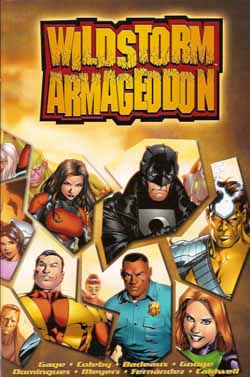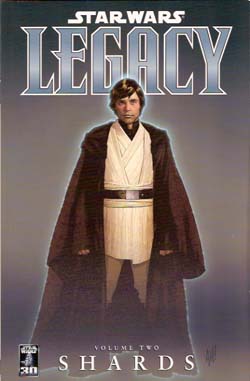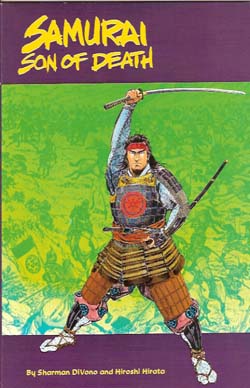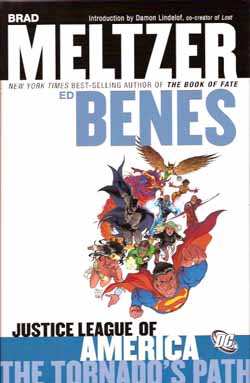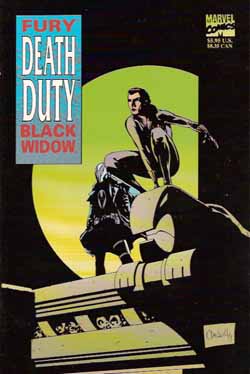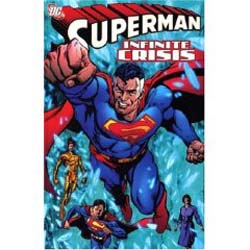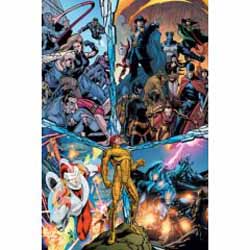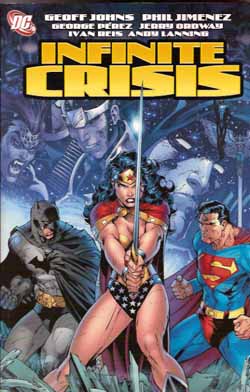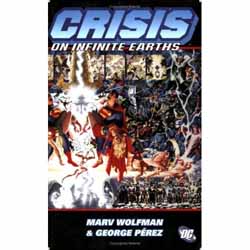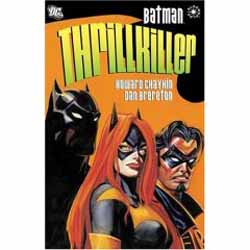
By Howard Chaykin & Dan Brereton (DC Comics)
ISBN12: 978-1-56389-424-4
Howard Chaykin returns to a favourite period in US history for this dark, decadent and brooding Elseworlds thriller. Forgive me if you’ve heard it all before, but Elseworlds tales are adventures using established characters and properties in non-standard continuities and milieus, such as JFK’s America here.
1961: At the dawn of an era of stunning political and social turmoil Gotham City is as buzzed as every other city in America. But no other city is as corrupt and morally bankrupt as this town, with a police force full of thugs and shake-down artists. So it’s a good thing that the busty masked psychopath Batgirl is there to keep them in line along with her Euro-trash boyfriend Robin. But that doesn’t make things any easier for the few decent cops such as Commissioner Jim Gordon or Detective Bruce “Hard Way†Wayne.
Wayne’s a pretty dedicated guy, who comes from old money – till they lost it all in the Great Depression – but even he’s out of his depth when the deadly Bianca Steeplechase, white-faced, green-haired, smiling maniac and her pet cop ‘Two-Face’ Duell go on a City-Hall sanctioned killing-spree and frame him for the murder of stripper-turned-stoolie Selina Kyle.
And just why has Gordon’s troubled daughter Barbara returned to the city and bought the abandoned old Wayne place..?
The original 3-issue miniseries was swiftly followed by a one-shot sequel ‘Thrillkiller ’62’ which I can’t say too much about without spoiling your enjoyment, but which compellingly continues the gritty, sordid drama with even more radically re-interpreted DC mainstays being adult and nasty during the Golden Years of the Kennedy Administration.
When this series debuted in 1997 I admit I wasn’t all that taken with it, but now, years later, seeing it all neatly packaged in one book has altered that opinion. This dark, heady brew, full of trademark Chaykin cynicism and indignation, with Brereton’s brooding, brutal paintings, depicting characters with little warmth or gentleness to them is a powerful, fully realised vision which would work as a story even if it wasn’t a fanciful conceit playing with long-established and cherished icons. This is a very Dark Knight in a very nasty place and thus a huge treat for all older fans.
© 1998 DC Comics. All Rights Reserved.

